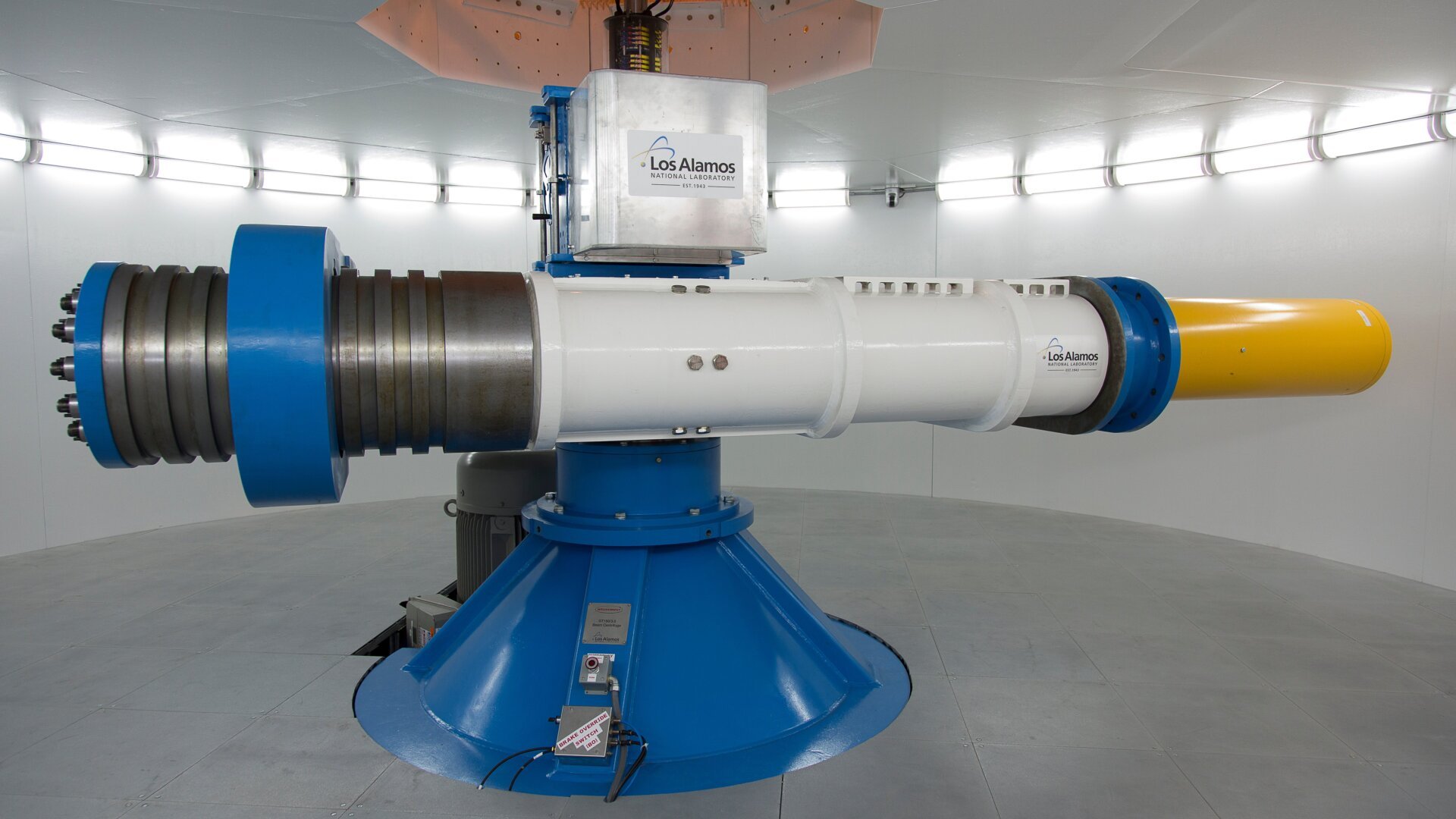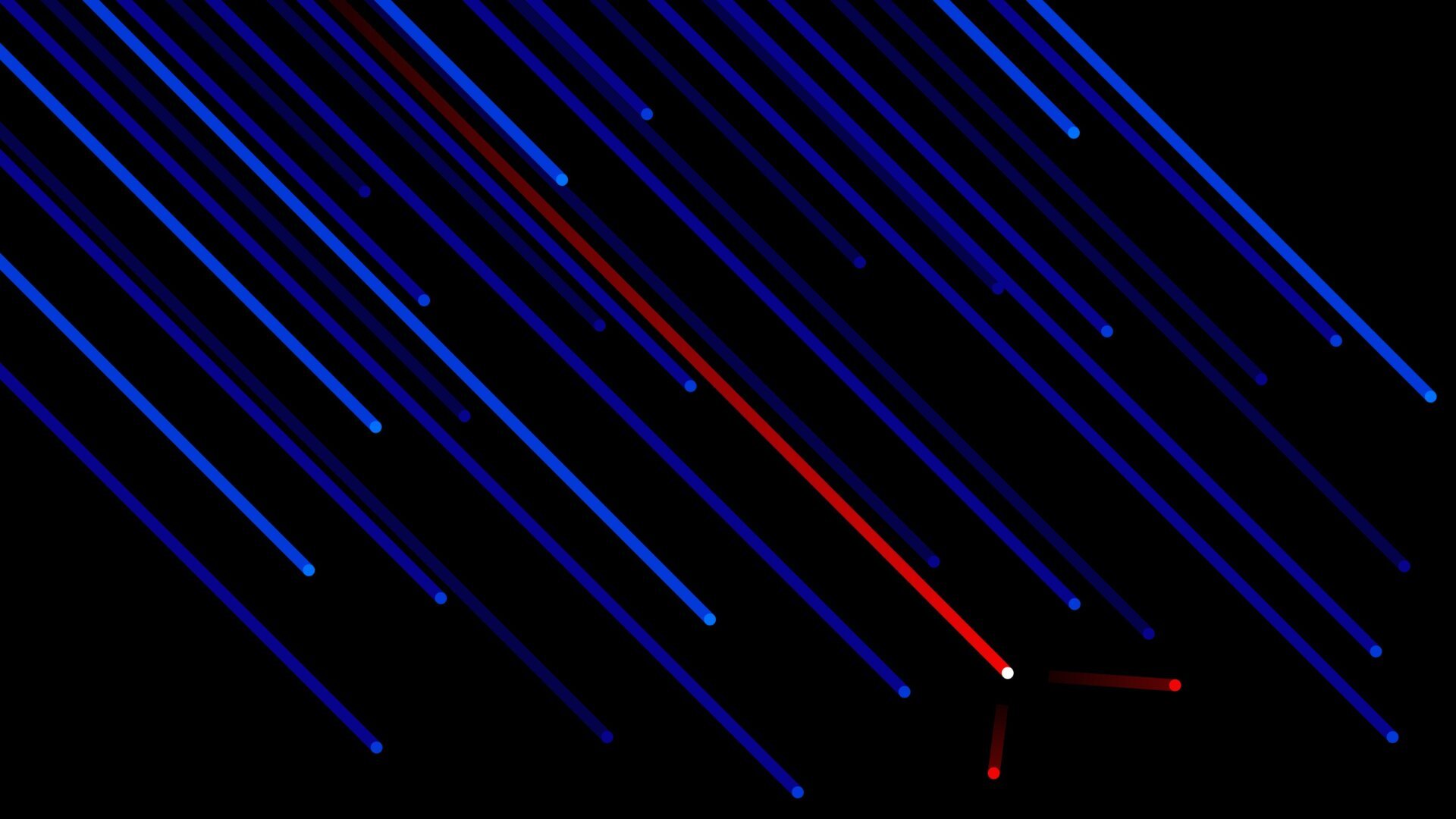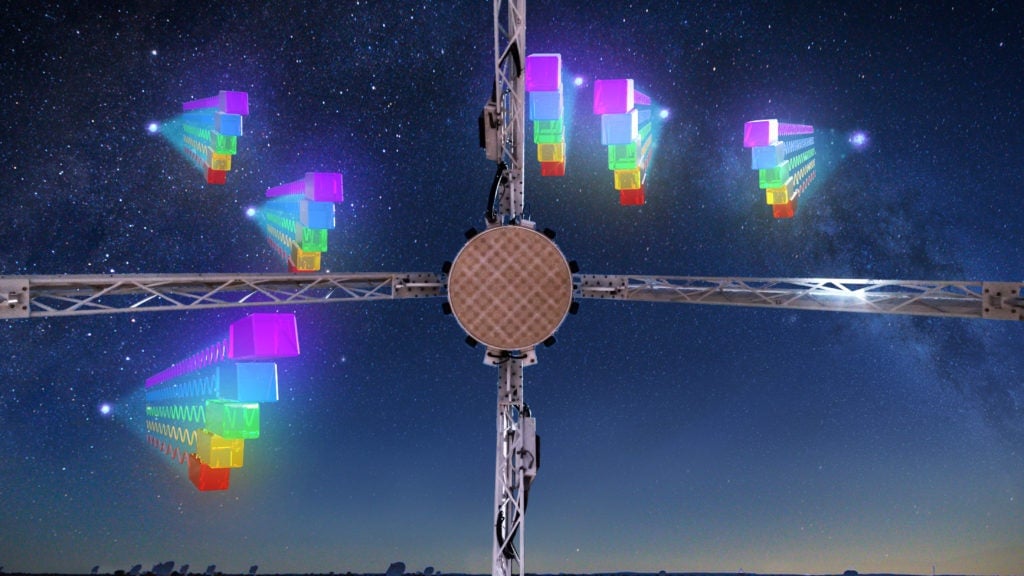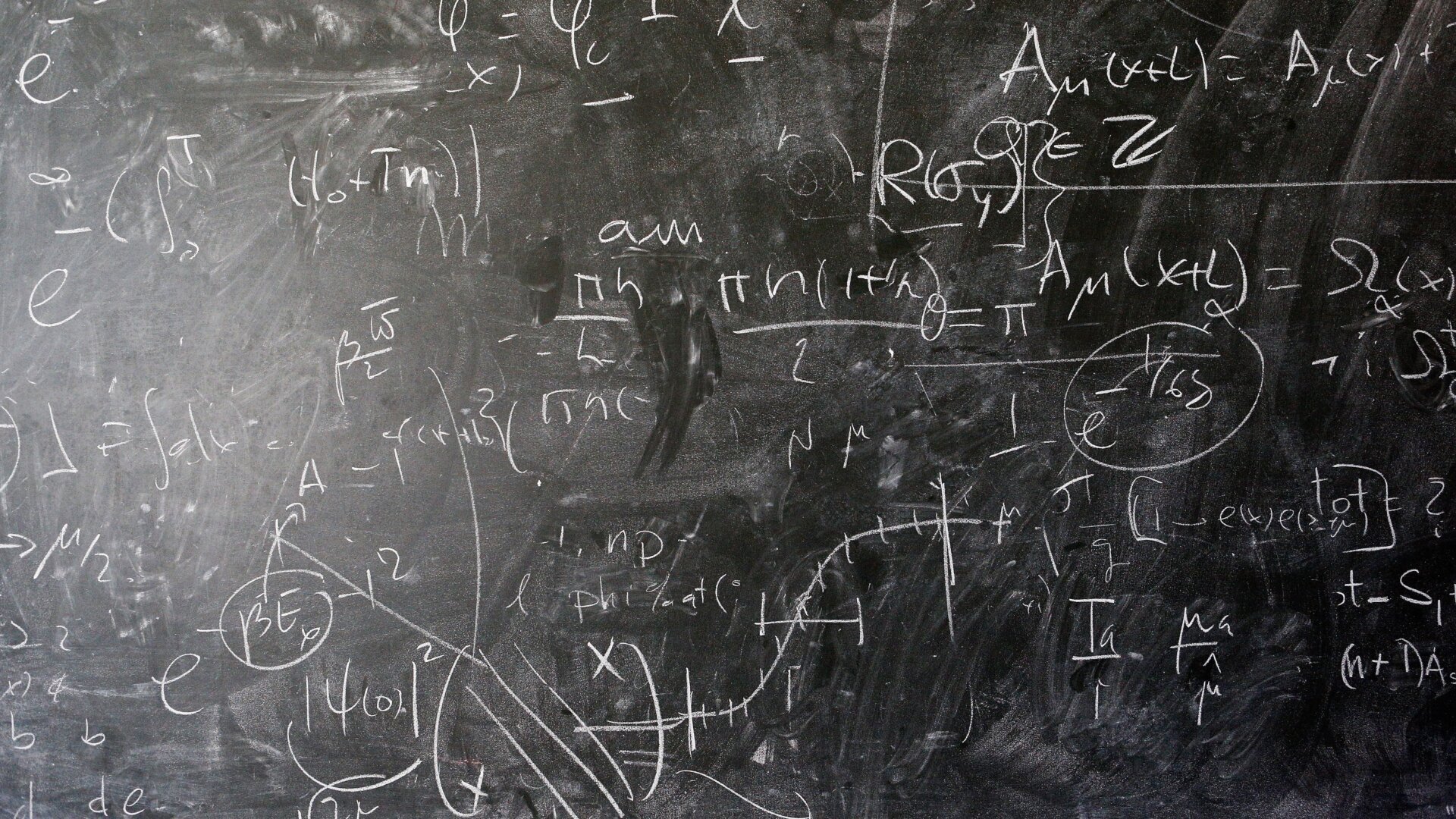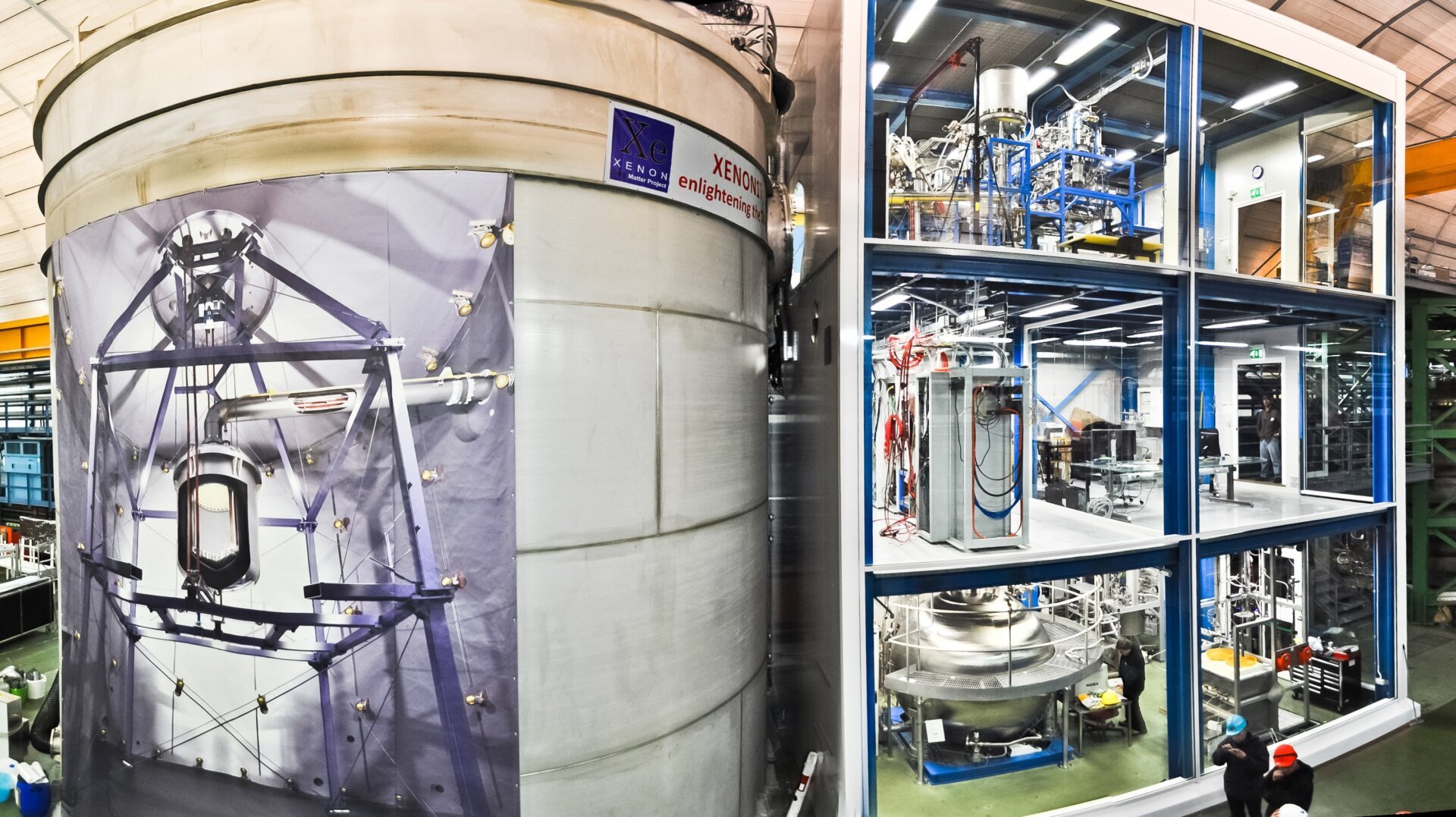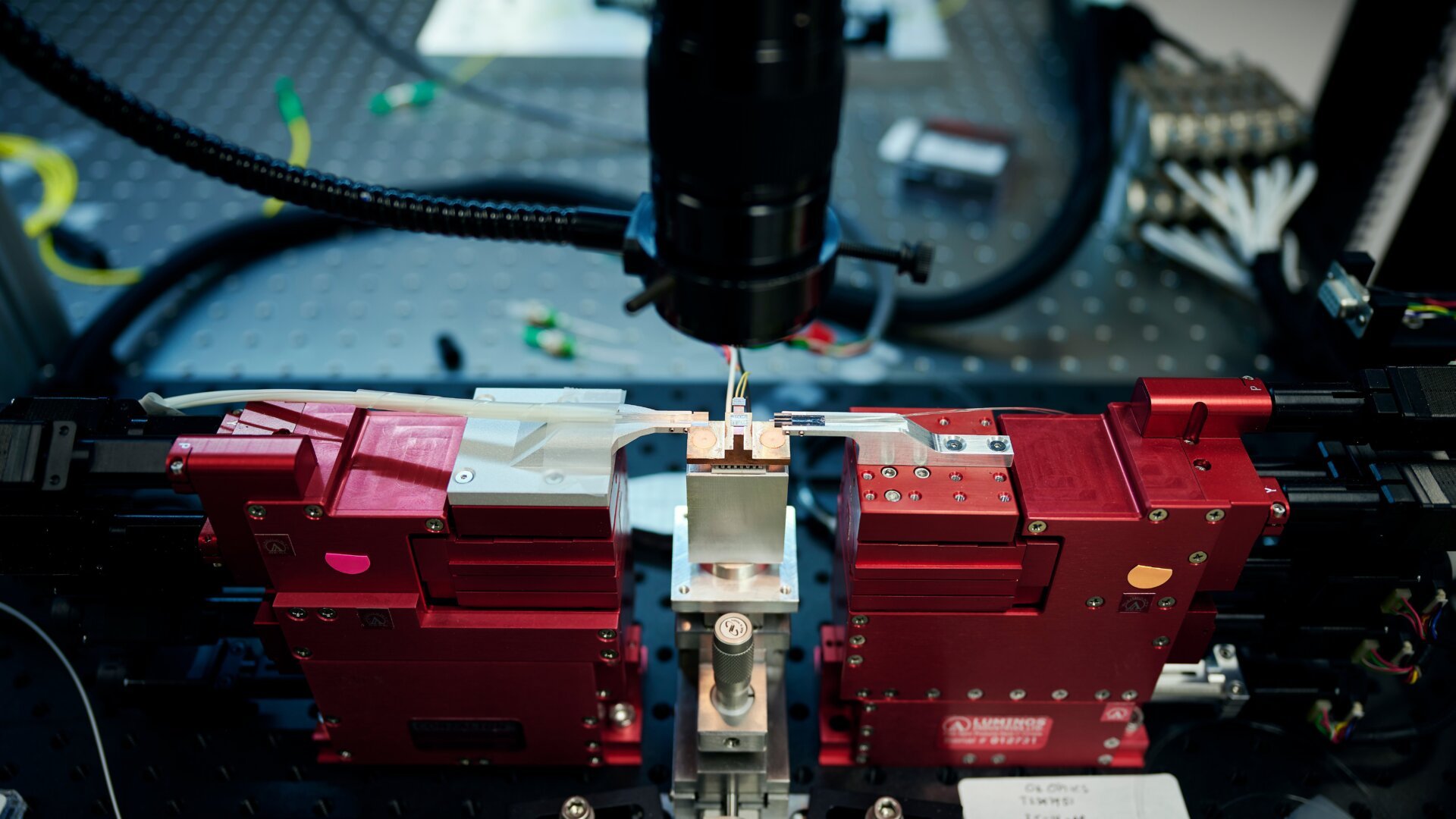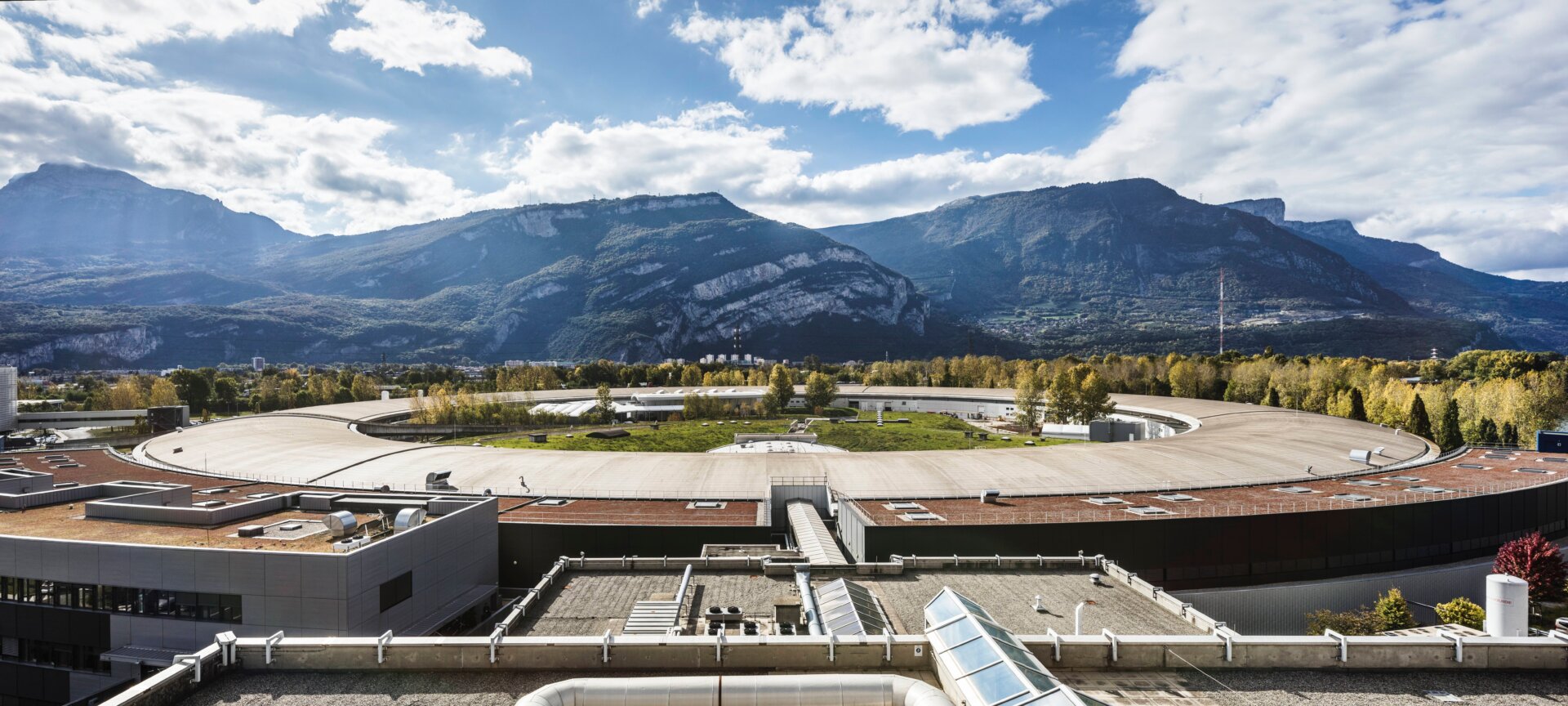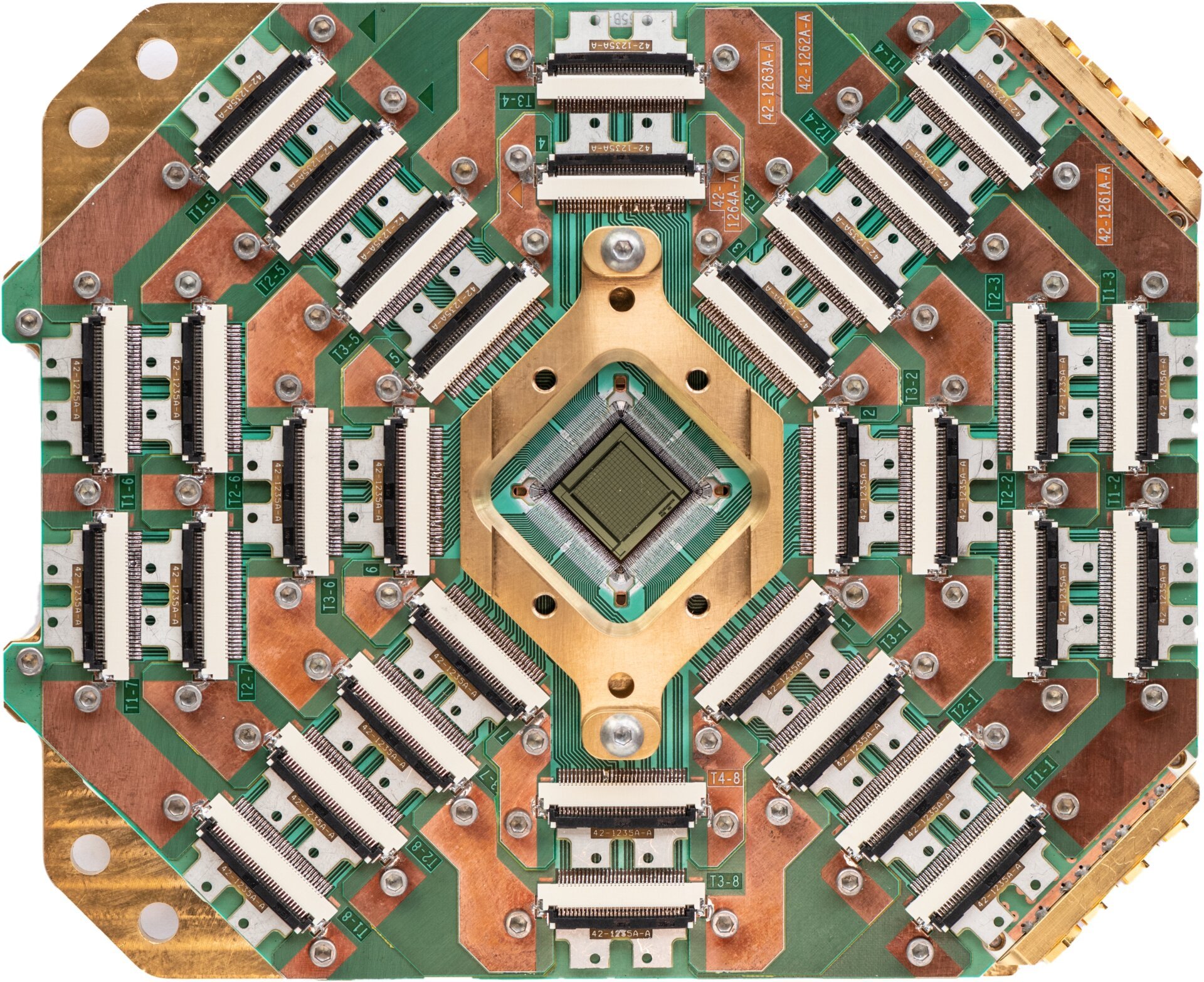The United States maintains a complex system to ensure the effectiveness of its nuclear arsenal without resorting to full-scale nuclear testing. This system, centered at national laboratories across the American West, relies on sophisticated technology and scientific expertise. From the mountains to the deserts, scientists are engaged in a continuous process of evaluation and maintenance, ensuring the nation’s deterrent remains credible.
Subcritical Experiments: Probing the Physics of Nuclear Weapons
A cornerstone of this process is subcritical experimentation. These tests, conducted underground, involve high explosives and plutonium, but stop short of achieving a nuclear chain reaction. Instead, they generate valuable data about the behavior of plutonium under extreme pressure and temperature, offering insights into the aging process of nuclear weapons. These experiments, while generating explosions that can sound like distant rifle fire, are crucial for understanding the long-term viability and safety of the arsenal.
High-Performance Computing: Simulating Nuclear Explosions
Complementing subcritical tests is the immense power of supercomputers. Housed within the national laboratories, these machines simulate nuclear explosions with incredible detail. These simulations provide scientists with virtual test environments, allowing them to explore various scenarios and study the complex interactions within a nuclear warhead. This computational approach allows for continuous refinement of nuclear weapons design and maintenance strategies without physical detonations.
Material Science and Stockpile Stewardship: Ensuring Long-Term Reliability
Maintaining a nuclear arsenal also involves a deep understanding of material science. Scientists meticulously analyze the various components of nuclear weapons, tracking their degradation over time. This “stockpile stewardship” program ensures the long-term reliability of the warheads by identifying potential issues before they compromise safety or performance. By combining material science expertise with data from subcritical experiments and supercomputer simulations, the program allows the U.S. to extend the lifespan of its nuclear arsenal without resorting to nuclear testing.
A Multi-Faceted Approach to Nuclear Deterrence
The U.S. approach to maintaining its nuclear deterrent is a complex interplay of scientific disciplines and advanced technologies. Subcritical experiments provide real-world data, while supercomputer simulations offer detailed insights into the physics of nuclear weapons. Material science expertise and the stockpile stewardship program ensure the long-term reliability and safety of the arsenal. Through this integrated approach, the U.S. aims to maintain a credible and effective nuclear deterrent without the need for explosive nuclear testing.
This sophisticated system of assessment and maintenance underscores the nation’s commitment to global security while adhering to international treaties banning nuclear testing. It allows the U.S. to confidently maintain a reliable deterrent while pursuing a world free from the threat of nuclear war.



